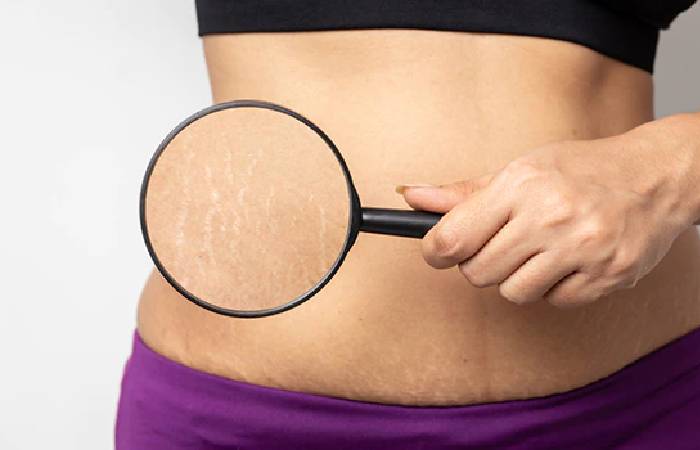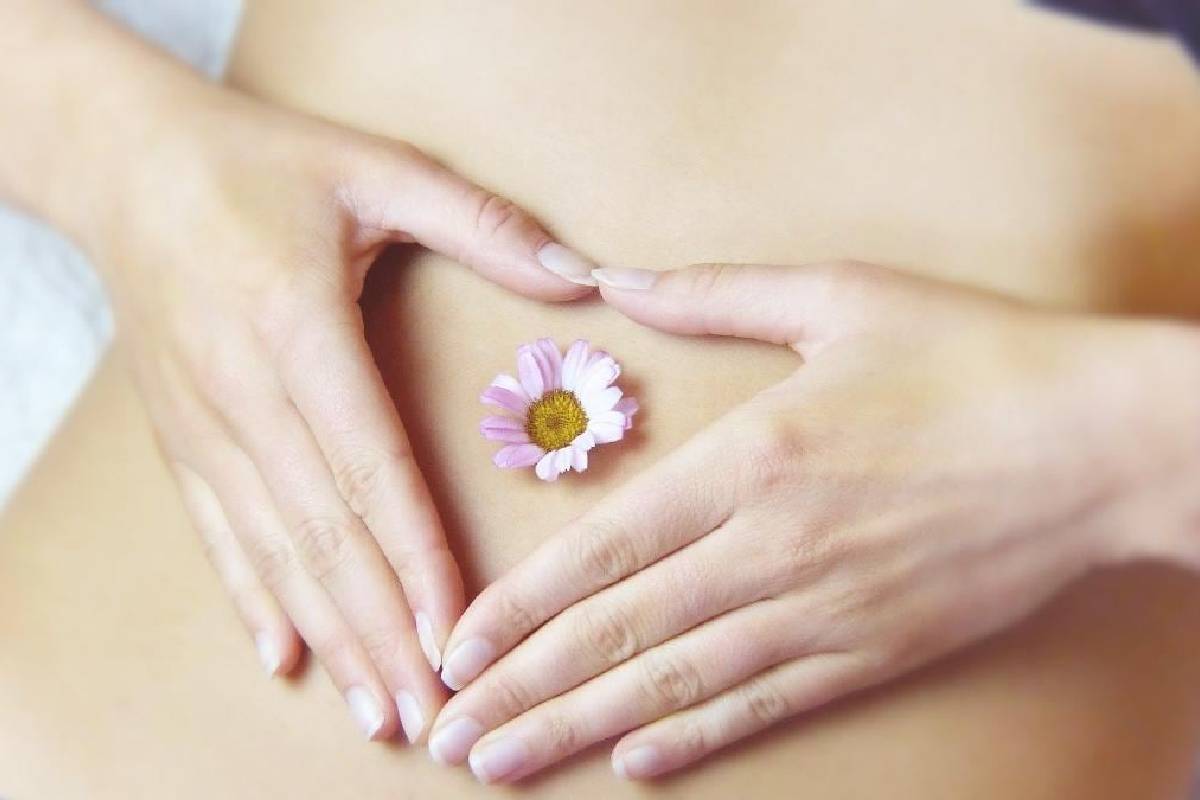Stretch marks, also called striae, occur when the skin rapidly changes shape due to growth or weight gain. They are usually not a sign that something is wrong with your health.
Anyone can get it, irrespective of gender, and pregnancy and adolescence are the two most common times in life to get them.
At first, a stretch mark resolve appears as a thin red or purple line of a different texture to the surrounding skin. Most stretch marks go away on their own over time.
They may become less visible after fading. Discoloured stretch marks are usually lighter in colour than the surrounding skin and somewhat shiny, like a scar.
Also, research tells us that there is no secret ingredient for stretch marks, at least not yet. But some home remedies can help minimalize the appearance of stretch marks and may help them fade faster.
Newer stretch marks are extra likely to respond to treatment.
Table of Contents
Natural Remedies for Stretch Marks

1. Vitamin A
Vitamin A in skincare crops is called a retinoid. Retinoids can make skin look smoother and younger and are used in many over-the-counter topical cosmetic creams.
The 2015 Trusted Source investigation focused on tretinoin, a prescription form of retinol. In an earlier 1996 Trusted Source study, researchers found that tretinoin helped stretch marks appear smaller and less severe.
However, few recent large-scale studies have examined the efficacy of tretinoin for stretch marks, and more research is needed to identify its full effects on stretch marks.
Vitamin A products can occasionally irritate the skin, so it’s best to follow directions carefully if you try this ingredient. Since there are known risks of using retinoids during pregnancy, you should not use them if:
- Pregnant
- infant
- trying to get pregnant
2. Hyaluronic Acid
Hyaluronic Acid is a powerful ingredient for skin hydration and healing. It is often used in creams, lotions, and serums.
Invisible changes in the skin accompany the appearance of stretch marks. These changes make the skin less elastic, partly because the collagen isn’t doing its usual job of strengthening the skin.
And its rendering to a 2014 study, hyaluronic Acid may take the potential to affect skin elasticity.
Some research from 2017 proposes that hyaluronic Acid may improve the appearance of stretch marks, although more research is needed to be sure. To try it out, apply a hyaluronic acid product daily to the affected area.
3. Center
Centella Asiatica is a herb that is a popular ingredient in Korean beauty products (K-beauty).
Also known as circa creams, Centella-containing products are sometimes used as a scar treatment or to help soothe and repair sensitive skin. Cica creams are gaining popularity in the United States, but they can be expensive.
Centella helps reduce inflammation and promotes collagen production. Research from the 2015 Trusted Source suggested that Centella-containing creams may help prevent stretch marks during pregnancy and improve their appearance. But the researchers warned that more evidence is still needed.
4. Sugar
Sugar is a popular exfoliant. The tiny crystals gently remove dead skin, leaving you feeling smooth.
Microdermabrasion achieved by a dermatologist is one of the few clinically proven methods to remove it. So this home remedy for exfoliation is worth trying, and you may already have the ingredients at home.
5. To make a Sugar Scrub:
Mix 1/2 cup sugar with a sweetening agent, almond or coconut oil. Mix the oil with the sugar, little by little. Your scrub is ready once it looks like wet beach sand, and you may need to add up to 1/2 cup of oil total.
Gently rub the mixture on the part of your body where the stretch marks are.
Repeat 2 or 3 times a week in the shower or bath. Rinse with warm water.
Exfoliate small amounts as wanted. Also, you can store your sugar scrub in a closed container for a short time, but if it starts to look or smell bad.

